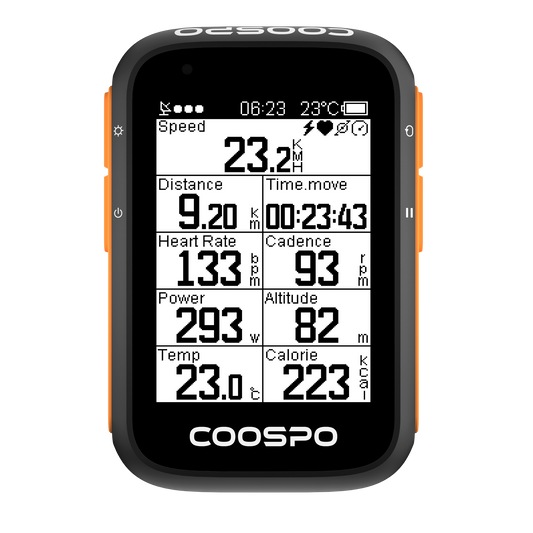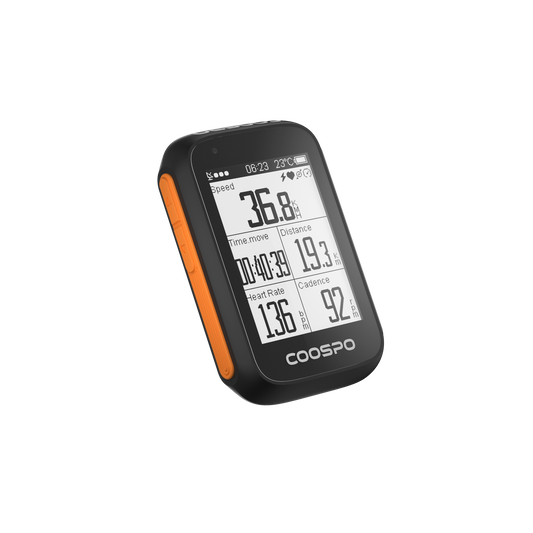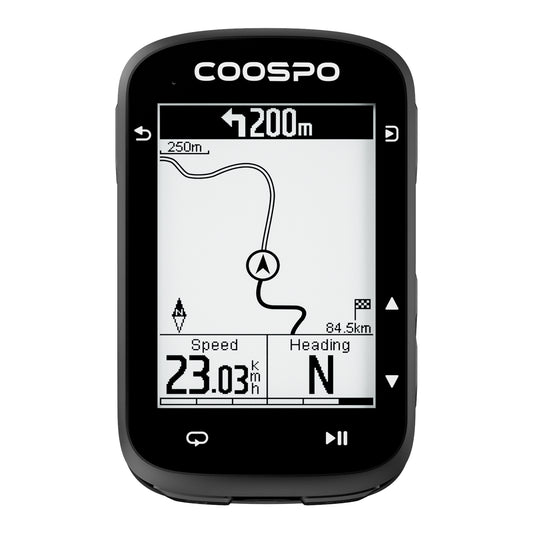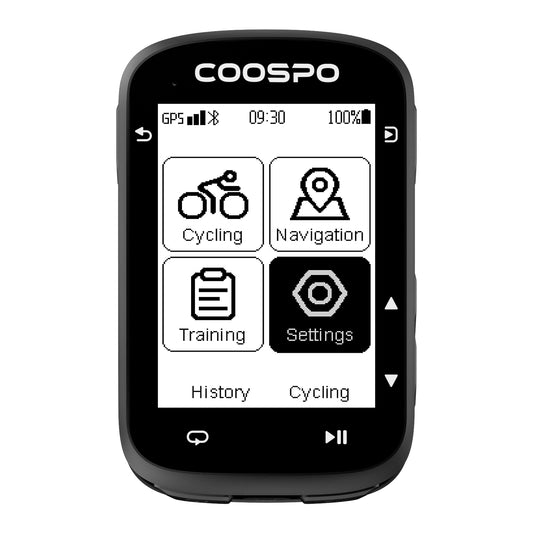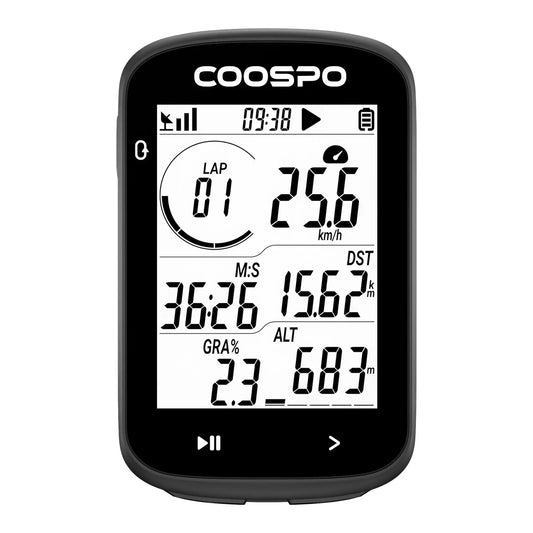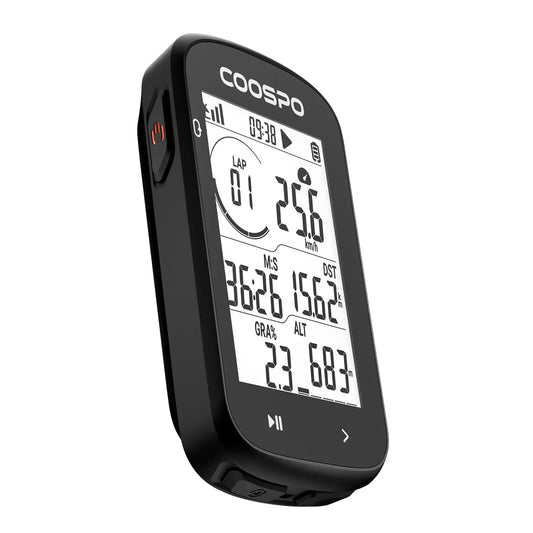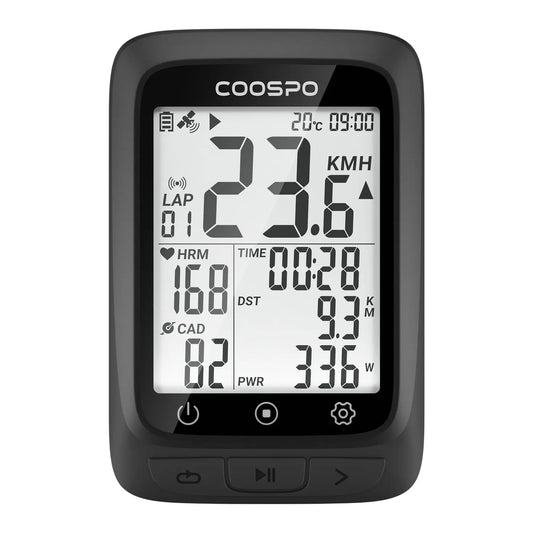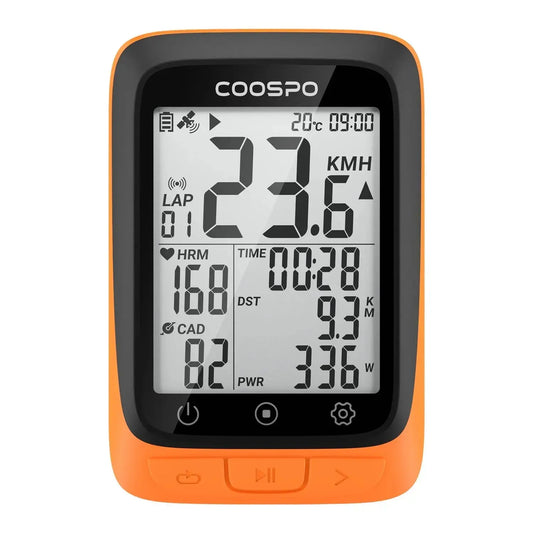Rowing vs. Running: Which is Better for Achieving Your Fitness Goals?
Struggling to choose the best workout machine for your fitness goals? Deciding between rowing and running can be challenging. Both exercises offer significant health benefits but differ in muscle engagement, bodily impact, and accessibility. This article explores the key differences, benefits, and considerations of rowing and running to help you determine which is best suited for your fitness journey.
What Are The Key Differences Between Rowing And Running?
While rowing and running are popular cardiovascular exercises, they differ significantly in how they engage the body and the impact they have on overall fitness.
Here are some primary differences that you should be aware of:
Target Muscles
A key difference between rowing and running lies in the muscle groups they target. Rowing provides a full-body workout, engaging the upper body, core, and lower body simultaneously. The pulling motion activates muscles in the arms, shoulders, back, and chest, while the pushing motion works the quadriceps, hamstrings, and glutes. Additionally, maintaining a strong core throughout the rowing motion effectively engages the abdominal muscles.

In contrast, running primarily targets the lower body. It intensively works the quadriceps, hamstrings, calves, and glutes, while also engaging the core muscles—particularly when running uphill or on uneven terrain. The upper body assists with balance and movement efficiency, but doesn't receive the same level of workout as in rowing.
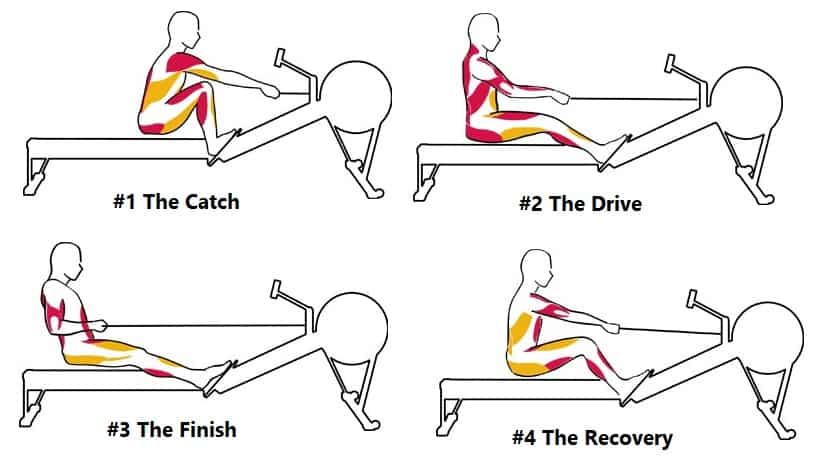
Rowing works out your whole body, making it great for building and toning muscles everywhere. Running, on the other hand, mainly strengthens your legs and helps build endurance. Choose rowing if you want a full-body workout, or running if you want to focus on your lower body.
Accessibility
Running is easier to do than rowing. You just need good running shoes, and you can run almost anywhere - on roads, trails, or a treadmill. This makes running very convenient, especially for people who travel a lot or don't have easy access to a gym.
Rowing is different. You usually need a rowing machine, which people call an ergometer. You can find these machines in most gyms. If you want one at home, it can be expensive. Also, rowing the right way takes practice. You might need help from an expert to learn how to row correctly. This helps prevent injuries and makes your workout better. If you live near a lake or river and have a rowing boat, you can row outdoors instead.
Impact
Running puts a lot of stress on your joints, especially your knees, ankles, and hips. This is because it's a high-impact exercise. If you have joint problems or tend to get injuries from overuse, running might not be the best choice for you. But it's not all bad news. Running can help make your bones stronger, which is good as you get older.
Rowing is easier on your body than running. It's a good choice if you have joint problems or are recovering from an injury. When you row, your body moves smoothly, which doesn't put much stress on your joints. But you still get a good workout. This makes rowing a great option for many people, including those who might have trouble with other exercises.
Is Rowing Or Running Better For Weight Loss?
Both rowing and running are effective for weight loss because they burn a significant number of calories and increase cardiovascular fitness. However, the rate at which you lose weight depends on various factors, including exercise intensity, duration, and individual metabolism.
Running usually burns more calories than rowing when you're not going too hard. For example, a person weighing 155 pounds will burn about 372 calories running for 30 minutes at a medium speed (6 miles per hour). The same person will burn around 316 calories rowing hard for 30 minutes. But rowing has a secret advantage. It works out your whole body, which can build more muscle. More muscle means your body burns more calories even when you're resting. This could help you lose more weight over time.
A study in the Journal of Sports Science & Medicine found that rowing hard can burn as many or even more calories than running. This is because rowing uses many muscles in your body at once. So, if you row with high effort, you might burn the same amount of calories as running, or even more.
Running tends to be a better workout when your main goal is to shed some extra pounds. This is also possible when you integrate sprinting into your routine。 Ultimately, the best exercise for weight loss is the one you enjoy and can consistently perform. Both rowing and running can help you achieve your weight loss goals if paired with a balanced diet and active lifestyle
Is Rowing Better Than Running For Belly Fat?
As previously mentioned, rowing works for the entire body. It requires equal effort from the upper and lower body, significantly improving overall fitness.
People battling belly fat can benefit from rowing by including it in a well-rounded fat-loss routine. For starters, one should know the two types of fat that may accumulate around your belly.
Subcutaneous Fat
Subcutaneous fat is the layer directly beneath the skin, commonly referred to as "belly fat." It's the fat you can pinch between your fingers and forms rolls when sitting or bending over.
Both rowing and running can help reduce subcutaneous fat by burning calories and boosting metabolism. High-intensity interval training (HIIT) versions of these exercises are particularly effective for fat loss.
Visceral Fat
Visceral fat is a dangerous type of fat that builds up around your organs. It's hidden deep inside your body, not the fat you can pinch with your fingers. This fat can increase your risk of serious health problems like heart disease and diabetes. Both rowing and running are good exercises to help reduce visceral fat. However, rowing might be slightly better because it works more muscles in your body at once.
The most important thing to remember is that moving your body helps you lose fat. Start with easy rowing or running exercises. As you get stronger, slowly make your workouts harder and longer.
Is Rowing Or Running Better Cardio?
Rowing and running are both great for your heart and overall fitness. Let's look at how each one helps you get in shape:

Running is a popular cardio exercise that burns a lot of calories. If you run regularly, it can help lower your cholesterol and heart rate, and make your lungs stronger. The good news is you don't need to run for a long time to get these benefits. Running for just 5 to 10 minutes every day, even at a slow pace (less than 6 mph), might lower your risk of dying from heart problems.

Rowing is a great exercise for your heart and overall fitness. Many athletes use it as part of their training. You can find rowing machines in lots of gyms and fitness centers because it's so good for you. One big advantage of rowing is that it helps make your heart stronger without putting too much stress on your joints. This makes it a good choice for people who want to get fit but need to be careful about high-impact exercises.
Let's talk about rowing and running together. Some experts say doing both can be good for you. You don't have to choose just one. Instead of doing both on the same day, you could do rowing one day and running another. This way, you get the benefits of both exercises.
Both rowing and running are great for your heart and overall health. No matter which one you choose, you'll get a good workout. If you do either of these exercises regularly, you'll start feeling better in just a few days.
Can Rowing Replace Running?
Both rowing and running have their own benefits. There's no single "right" choice between them. Instead, you should think about which one fits better with your body's needs and your daily life.
If you're trying to decide between rowing and running based on how many calories you burn, running might be better. Running usually burns more calories, but this depends on how fast and hard you go. However, if you have problems with your feet or knees, running might not be a good choice because it's hard on your joints. In this case, rowing could be a better option. Rowing is easier on your body and can still help you lose weight if you also eat fewer calories.
Conclusion
Rowing and running are both great exercises for your heart and overall fitness. Running is easy to do and perfect if you like being outside. Rowing gives you a full-body workout without putting too much stress on your joints. The best choice for you depends on what you like and what works for your body. The most important thing is to pick an exercise you enjoy and can do regularly.

Using a Coospo heart rate monitor can make your workouts better. No matter a Coospo HW9 armband HR monitor or a H9Z chest strap HR monitor, it helps you see how hard your heart is working during exercise. This way, you can make sure you're exercising at the right level for you. Whether you choose rowing or running, a heart rate monitor can help you reach your fitness goals faster and more safely.



